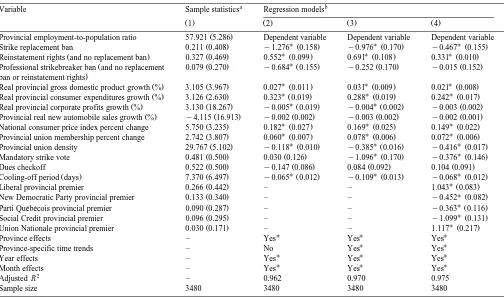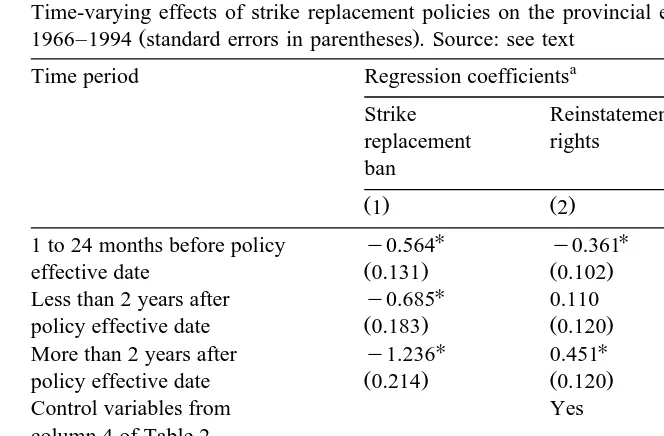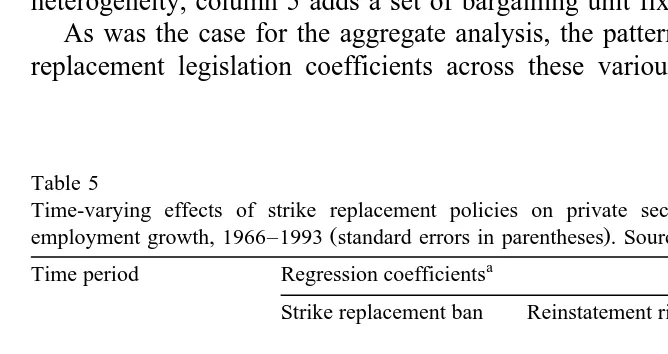Directory UMM :Data Elmu:jurnal:L:Labour Economics:Vol7.Issue2.Mar2000:
Teks penuh
Gambar




Dokumen terkait
For xed total sample size N , the best allocation for the ratio approach dominates that of the best allocation for the dierence approach in terms of the correct identication of
This paper uses data from Poland to examine whether there are any wage differentials between workers in the public and the private sectors. After standardising for
This paper considers the likely impact that European Union EU will have on the labor compact. It is argued that, despite increased economic integration in Europe, countries will
We have investigated the potential incentive effect of a fixed unemployment insurance period by comparing two large groups of Norwegian unemployed persons, where the last was
where A ( w ) is the cross-section through the structure expressed as a function of the setting w ; a , b the discharge coefficients; H US the water height in the parent canal
Payment level, farm size, exposure to other organic farmers and satisfac- tion with technical assistance and inspection services were positively related to the subsidy
is the leading cause of food insecurity for most developing countries, including those that are dietary energy surplus , many countries also have problems related to national
The decision of how much time to allocate to meal pre- paration is an endogenous variable determined by the opportunity cost of time (a wage rate in competitive markets),

